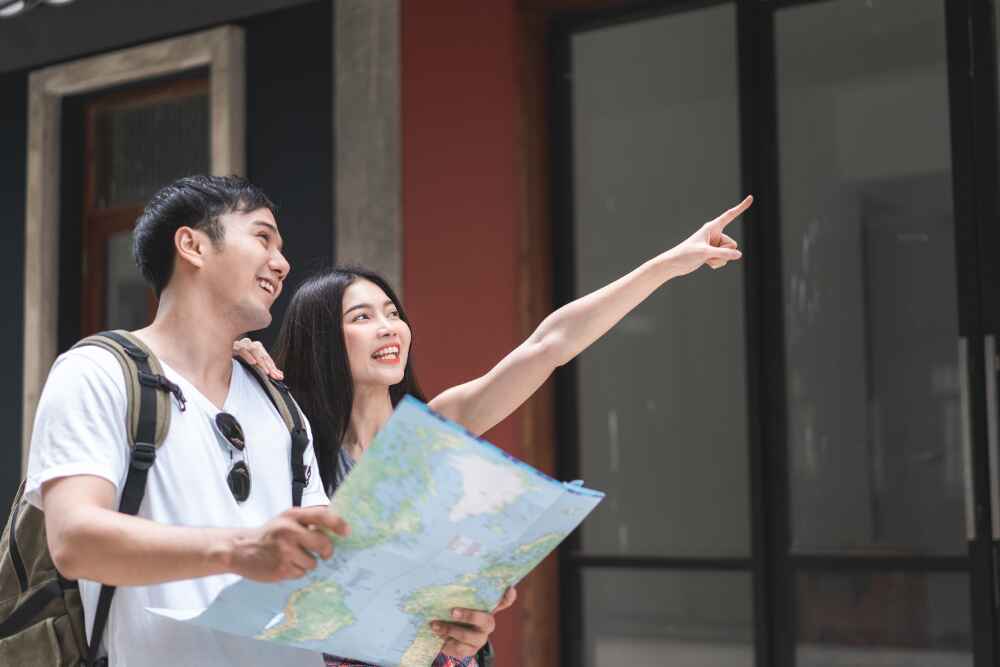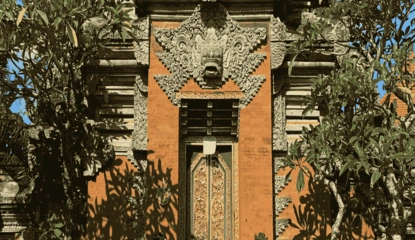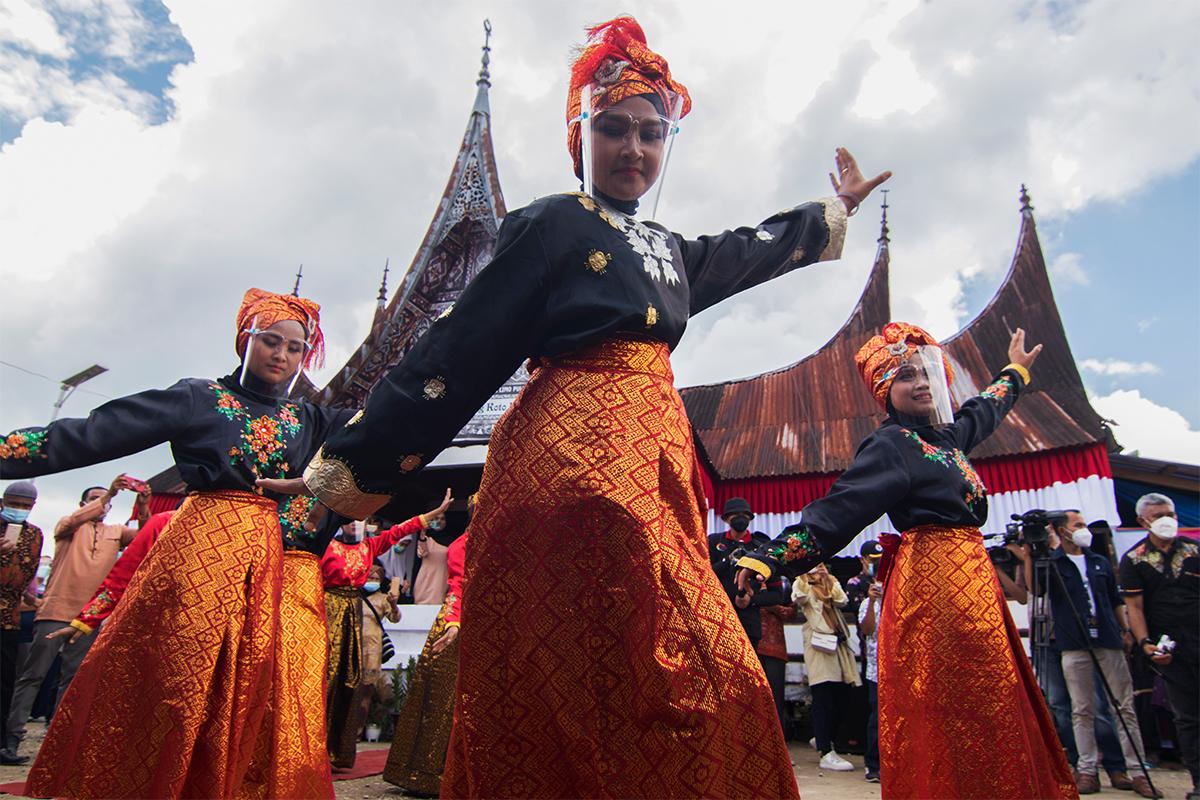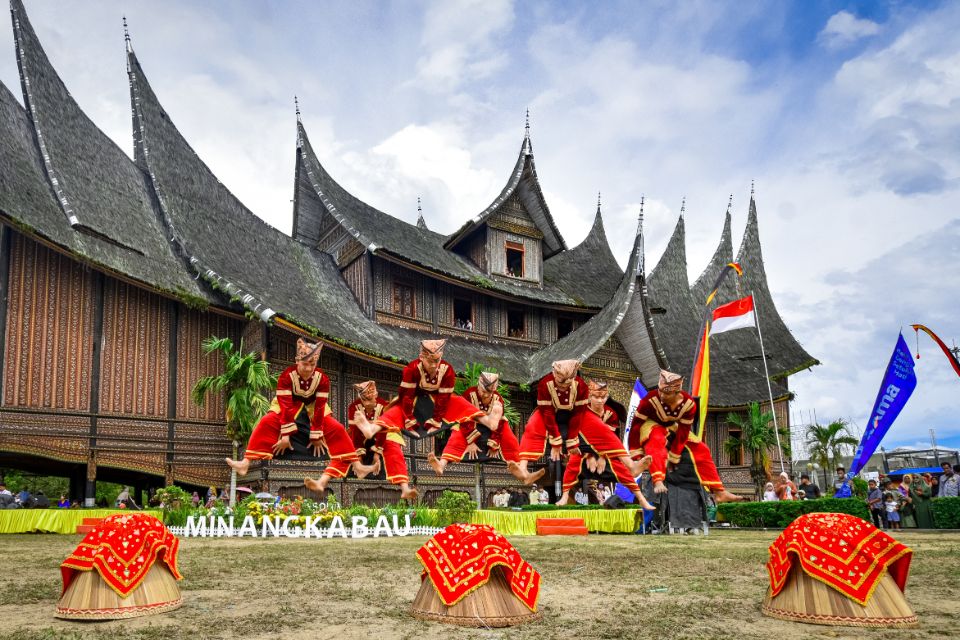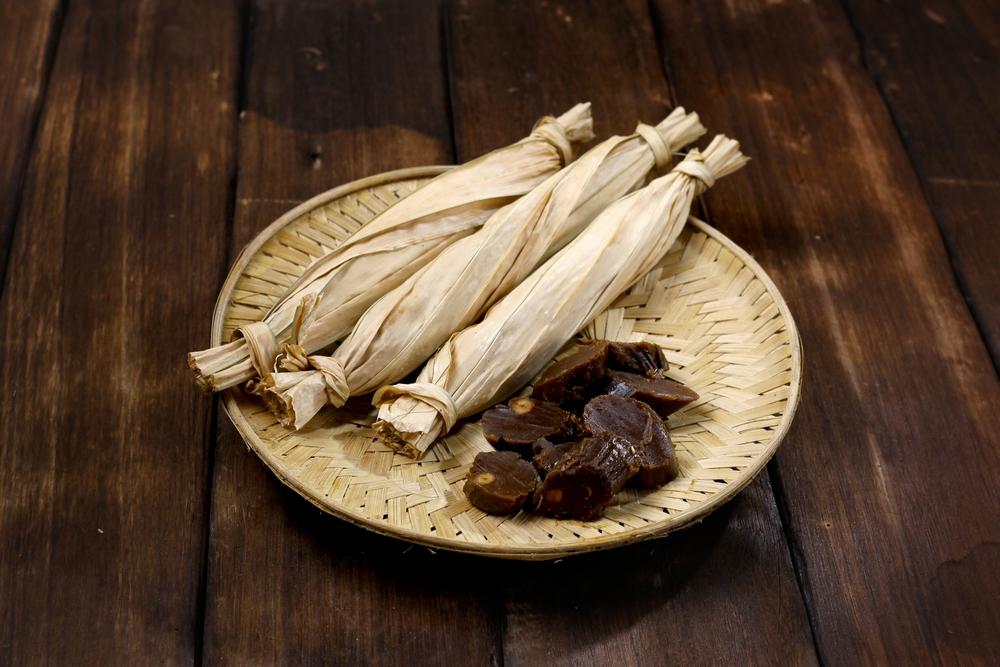Tourism villages are currently rising as one of the key pillars of Indonesia’s tourism and creative economy, trying to regain their prominence after being impacted by the COVID-19 pandemic for almost the past two years. These tourism villages are also believed to be the right solution in supporting the improvement of community welfare through tourism and its creative economy. Experience Indonesia in 360
As a form of support from the Ministry of Tourism and Creative Economy of the Republic of Indonesia, the 2021 Indonesian Tourism Village Award (ADWI) event was held as a momentum to revive tourism villages for the local communities.
The Minister of Tourism and Creative Economy, Sandiaga Salahuddin Uno, expressed his happiness upon seeing the enthusiasm and effectiveness of the ADWI 2021 program.
"On behalf of the President, I hope that ADWI 2021 can be a momentum for national economic recovery. This event is expected to be a promotional platform for domestic tourists to develop new tourism destinations that can boost the economy of villages and regions. I thank the 1,831 villages that participated in this award, making villages that are class-leading, competitive, and sustainable. I also encourage these villages to synergize with the 10 priority destinations, including the super-priorities, so that tourism development can progress," he said.
One of the tourism villages that achieved success in the ADWI 2021 event was Saribu Gonjong Tourism Village in West Sumatra. This village won the award in the 'Homestay Services' category.
Did you know, Sobat Pesona, that Saribu Gonjong Tourism Village not only excels in the homestay sector, but there are other interesting facts about it as well?
Let’s check out 3 interesting facts behind the charm of Saribu Gonjong Tourism Village before you visit it for a vacation.
- The Philosophy of the Name 'Saribu Gonjong'
There are several references regarding the philosophy of the name 'Saribu Gonjong'. Literally, 'Saribu Gonjong' means ‘A Thousand Gonjong Roofs’, referring to the many Rumah Gadang (traditional Minangkabau houses) with ‘gonjong’ roofs in Saribu Gonjong Tourism Village, West Sumatra. The philosophy of ‘gonjong’ itself can be interpreted in various ways, with some associating it with buffalo horns, the prow of a ship, or the stacked betel leaves.
Another thing you should know about the gonjong roof is that one of its popular philosophies among the Minangkabau people is its hierarchical meaning in decision-making. Its curved and dominant shape conveys that things need not be communicated directly, but diplomatically. The shape of the boat represents the Minangkabau people's memory of their ancestors who sailed to this area, while the shape of the Iskandar Zulkarnain's cap symbolizes power. Lastly, the five ‘gonjong’ roofs on each Rumah Gadang symbolize the Five Pillars of Islam.
- Historical Ties with PDRI
Who would have thought that Saribu Gonjong Tourism Village, also known as Sarugo, was once an important area for the Emergency Government of the Republic of Indonesia (PDRI)? This makes Sarugo an inseparable part of the effort to defend Indonesia's independence.
Interestingly, Syafruddin Prawiranegara, the Chairman of the PDRI, along with other high-ranking officials who were directly appointed by President Soekarno and Vice President Mohammad Hatta when they were captured by the Dutch, once stayed in Sarugo.
Today, in Saribu Gonjong Tourism Village, you can directly see several historical relics that prove the truth of this history.
- Orange Farming
Did you know, Sobat Pesona, that despite being rich in philosophy and a historically important area, Saribu Gonjong Tourism Village is also known for its natural produce? This is quite expected since the village is surrounded by hills. The locals rely on farming and agriculture for their livelihood.
One of the agricultural products that is a specialty of Saribu Gonjong Tourism Village is the Siam Gunuang Omeh orange. There are about 200 hectares of Siam Gunuang Omeh orange plantations in this village.
This farming sector continues to be developed by the locals, and it has become a promising source of income. In addition to the oranges that can be marketed, the farms also offer agrotourism potential that can attract tourists.
Now that you know the attractions and how to get to Saribu Gonjong Tourism Village, you can plan your visit to enjoy quality time while vacationing in Saribu Gonjong Tourism Village.
So, what are you waiting for? Plan your visit to West Sumatra now! And while planning your holiday, make sure you are vaccinated against COVID-19 and follow health protocols by practicing the 6M, which includes wearing a mask correctly, washing hands with soap, maintaining distance, avoiding crowds, limiting mobility, and avoiding eating together to ensure a safe and comfortable travel experience.
For more information about #MenyapaDesa and #DiIndonesiaAja, follow the Instagram account: @pesona.indonesia, Facebook: @pesona.indonesia, Twitter: @pesonaindonesia, Tiktok: @pesonaindonesia, Youtube: Pesona Indonesia and visit website www.indonesia.travel.


